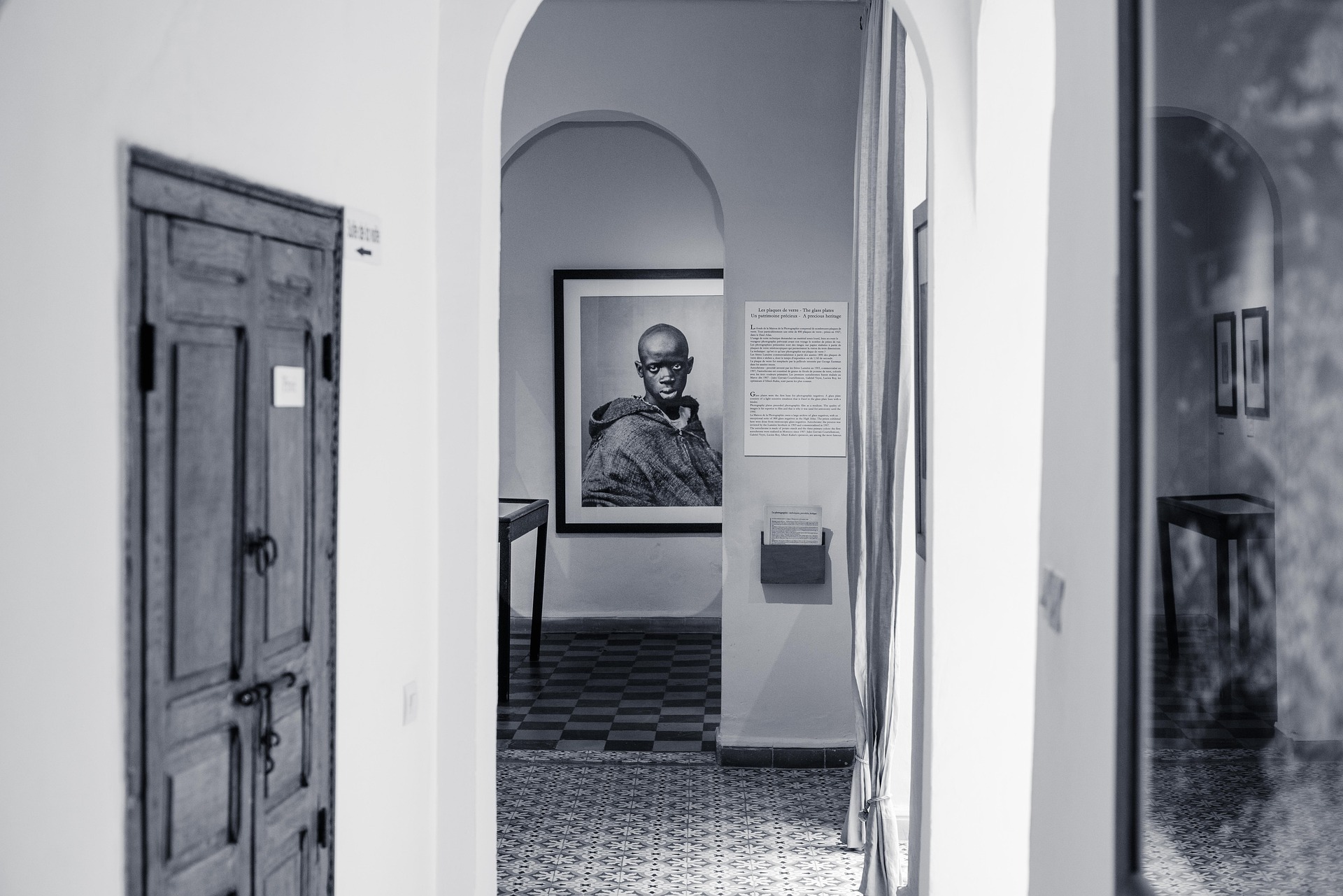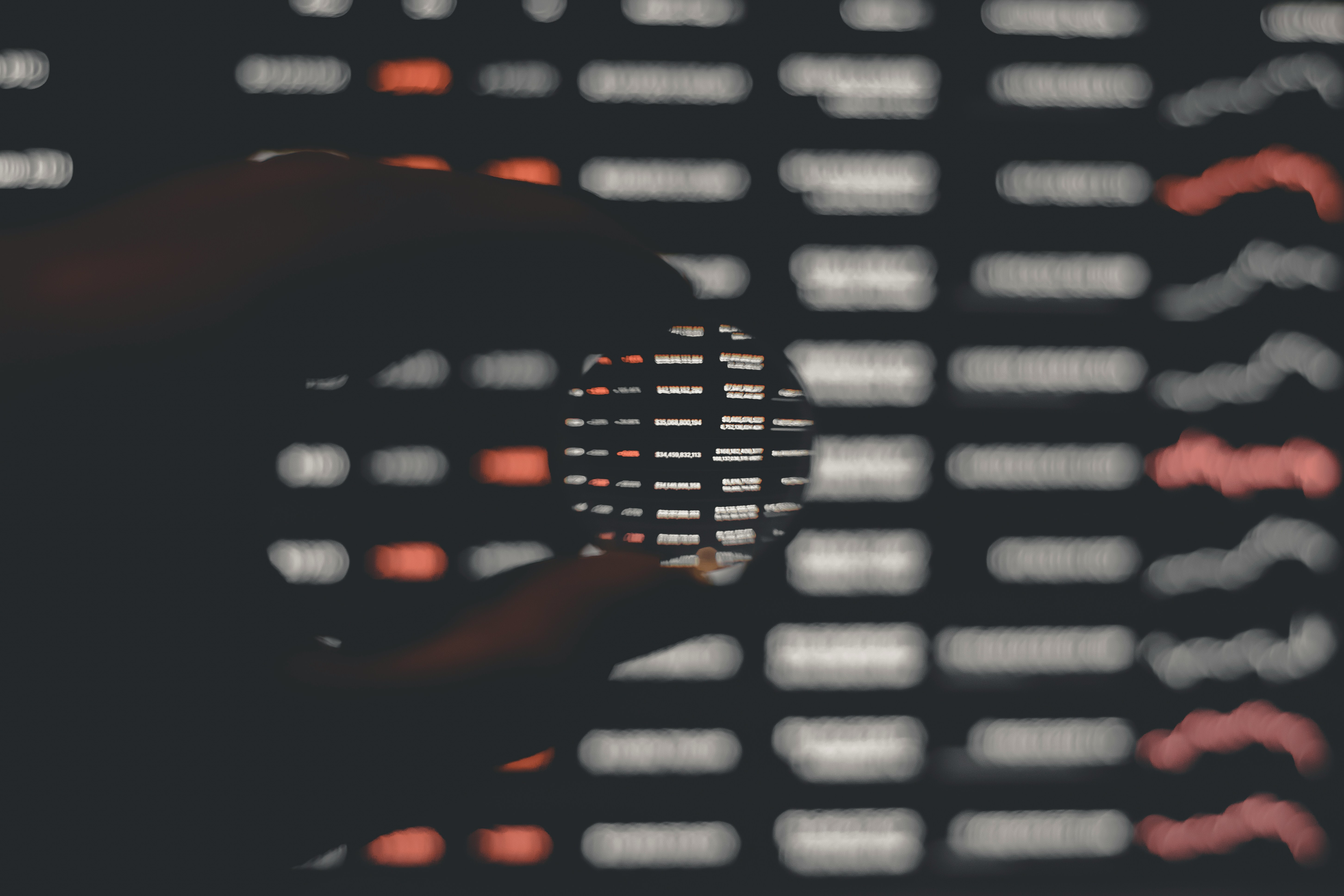Synesthesia in Art: A Multidimensional Approach to Creativity
The first paragraph: The world of art is constantly evolving, breathing life into novel expressions that challenge the conventions of creativity. Among the most intriguing and least explored is the concept of synesthesia in art, a multisensory approach that bridges the gap between sight, sound, taste, and touch. This article delves into the wonder that is synesthetic art, its historical context, recent developments, its significance, and its reception in the arts and entertainment industry.

Delving into the Concept: Synesthesia in Art
Synesthesia is a neurological condition where stimulation of one sensory pathway leads to automatic, involuntary experiences in a second sensory pathway. In simpler terms, a synesthete might see colors when they hear music or taste shapes. This unique sensory blending carries over into the realm of art, where artists employ a multisensory approach to create immersive experiences that engage more than just the visual sense.
Historical Context: The Birth and Development of Synesthetic Art
The concept of synesthetic art isn’t new. The idea of cross-modal perception has roots in ancient philosophies, and was later revived during the Romantic period. However, it was during the 20th century when synesthetic art began to gain wider recognition. Pioneers like Wassily Kandinsky and Alexander Scriabin boldly experimented with this form, creating artworks and compositions that aimed to induce synesthetic experiences in their audience.
Current Trends: Synesthesia in Contemporary Art
Today, thanks to technological advancements, artists have new tools at their disposal to create synesthetic art. From immersive installations with light and sound to virtual reality experiences, creators are exploring innovative ways to engage multiple senses. An example is musician Pharrell Williams, who has openly discussed his synesthesia and how it influences his music, introducing the concept to a broader audience.
Impact and Reception: Embracing the Multisensory
The impact of synesthesia in art is significant, challenging traditional notions of creativity and perception. It offers a new way of experiencing art, one that is immersive and engaging, and goes beyond simply viewing a piece. Reception has been largely positive, with audiences appreciating the novel and immersive experiences that synesthetic art offers.
The Future: A Multisensory Renaissance in Art?
With the rise of immersive art experiences and advancements in technology, there’s potential for a greater exploration of synesthesia in art. While it’s not mainstream yet, it’s gaining traction and may well become an integral part of the future art landscape.
The realm of synesthetic art is a fascinating one, presenting a unique intersection of art, science, and perception. As we dive deeper into this multisensory approach, we are likely to uncover more innovative forms of creative expression, paving the way for a richer, more engaging artistic landscape.




